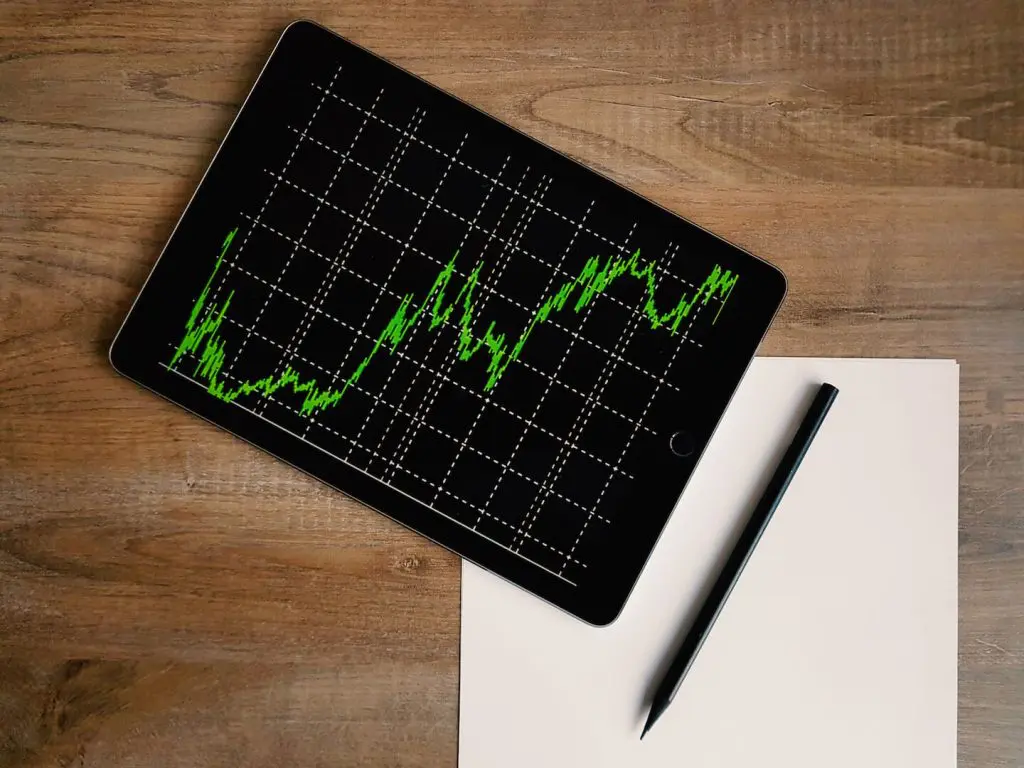If you are a manufacturing company or an e-commerce platform, your goal is to satisfy all the incoming demand for all the products you either produce or own, in other words, avoiding stockouts is a crucial aim. On the other hand, warehouse costs may be significant and thus, excess stock levels are not desirable.
Inventory replenishment optimization is the business intelligence task whose aim is to address properly these problems, in order to maintain suitable inventory levels over time and get your customers satisfied.
But, how managers decide when it’s time to replenish? On what does the inventory replenishment process rely? Demand Forecasting based on historical data it’s the state-of-art solution, since having robust insights
on the future evolution of the demand has a significant impact on the optimization of the inventory.
However, let’s discover how the inventory replenishment process is commonly triggered. When the stock level of a product reaches the so-called “reorder point”, it’s time to replenish.
The reorder point or reorder level is a stock quantity which should be enough to satisfy the demand during the replenish time, thus avoiding stockouts in the inventory before the new stock arrives. How is it calculated?
Reorder Point = Lead Time Demand + Safety Stock Level
Lead Time Demand
The lead time demand is the expected demand during the inventory replenishment time. What you have to know is the lead time in days and the average daily demand during such interval time, which can be easily computed using historical data. Summarizing,
Lead Time Demand = Lead Time × Average Daily Demand
Safety stock level
However, the behavior of the demand during the lead time may not reflect the average historical information. Thus, the demand could increase, due to an unexpected growing of the sales, or the stock replenishment could experience a significant delay due to several factors, with the effect of an extension of the lead time.
For these reasons, a safety stock level should be considered in addition to the lead time demand. Again, the historical data is exploited in order to extract information on past variability of the demand, through the calculation of the standard deviation. Here is the formula for the safety stock level:
Safety Stock Level = z × Demand Standard Deviation × √(Lead Time)
where z is the value of the standard Gaussian distribution relative to a desired service level probability.
More high is the service level probability, more high will be the safety stock level, thus less probably will be stockouts (but, the stock level will likely grow).
Why a Demand Forecasting Solution could be a solution for inventory replenishment optimization?
Because machine learning methods will exploit at the best your historical data and better information about future demand can be extracted. Better lead time demand insights, better safety stock level.
Thus, better reorder points.
Not only. Knowing in advance the evolution of the demand lets you compute suitable quantities to replenish, avoiding to go stockouts in future steps of the inventory replenishment process, switching from predictive to prescriptive analytics, the future for companies of the industry 4.0 era.






